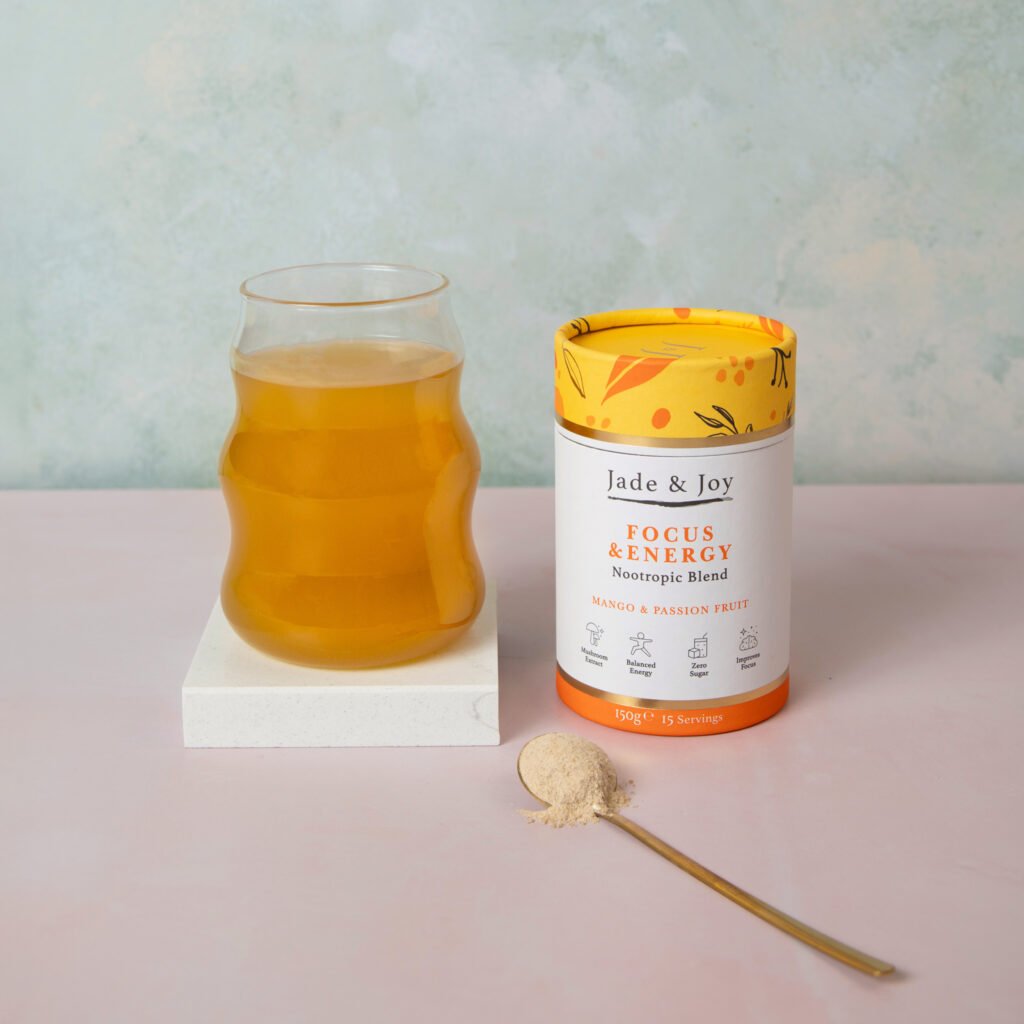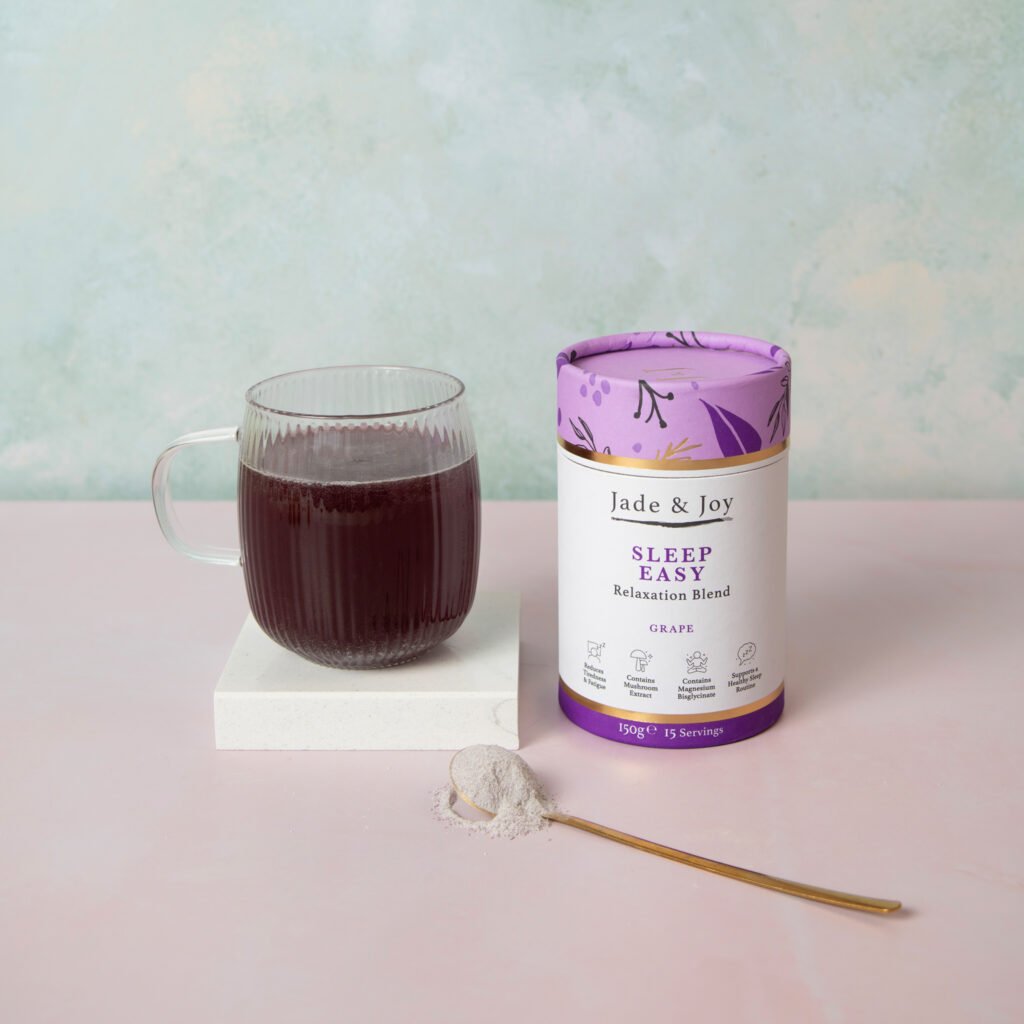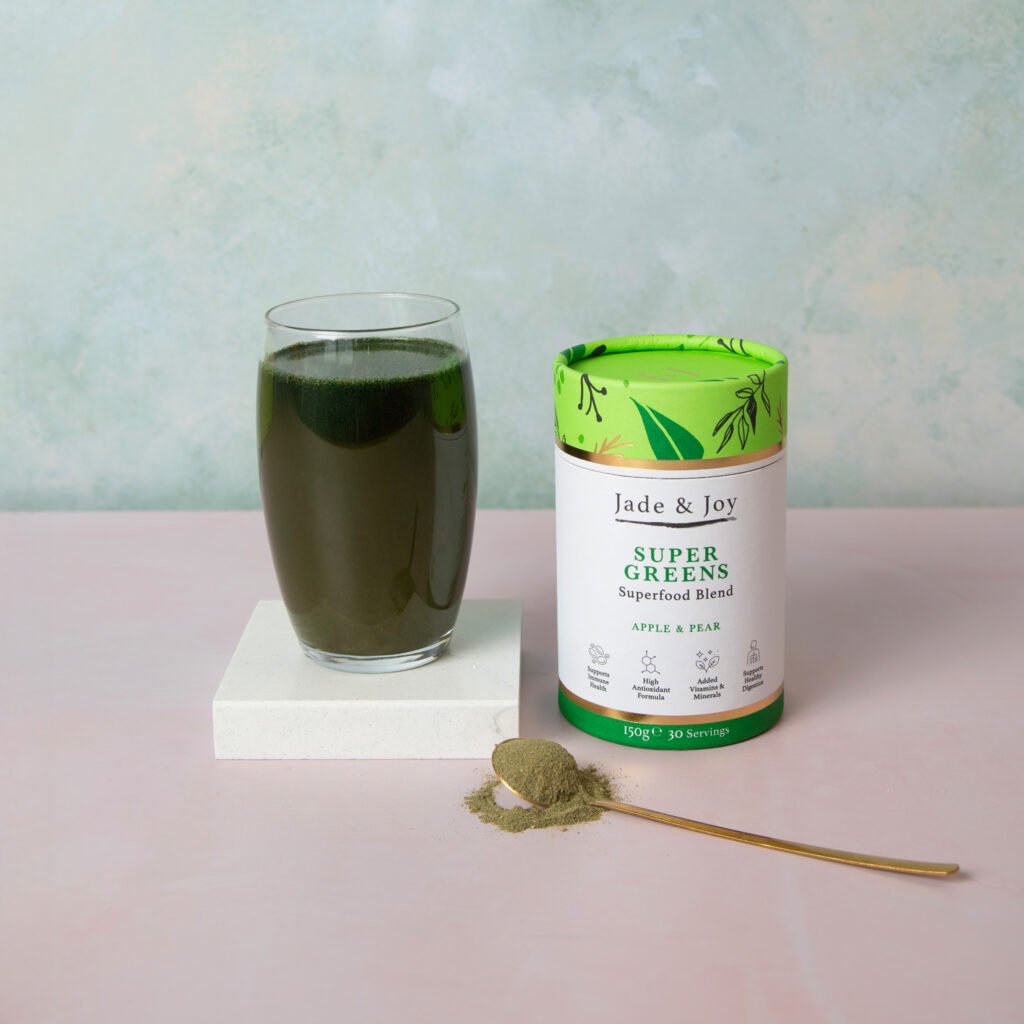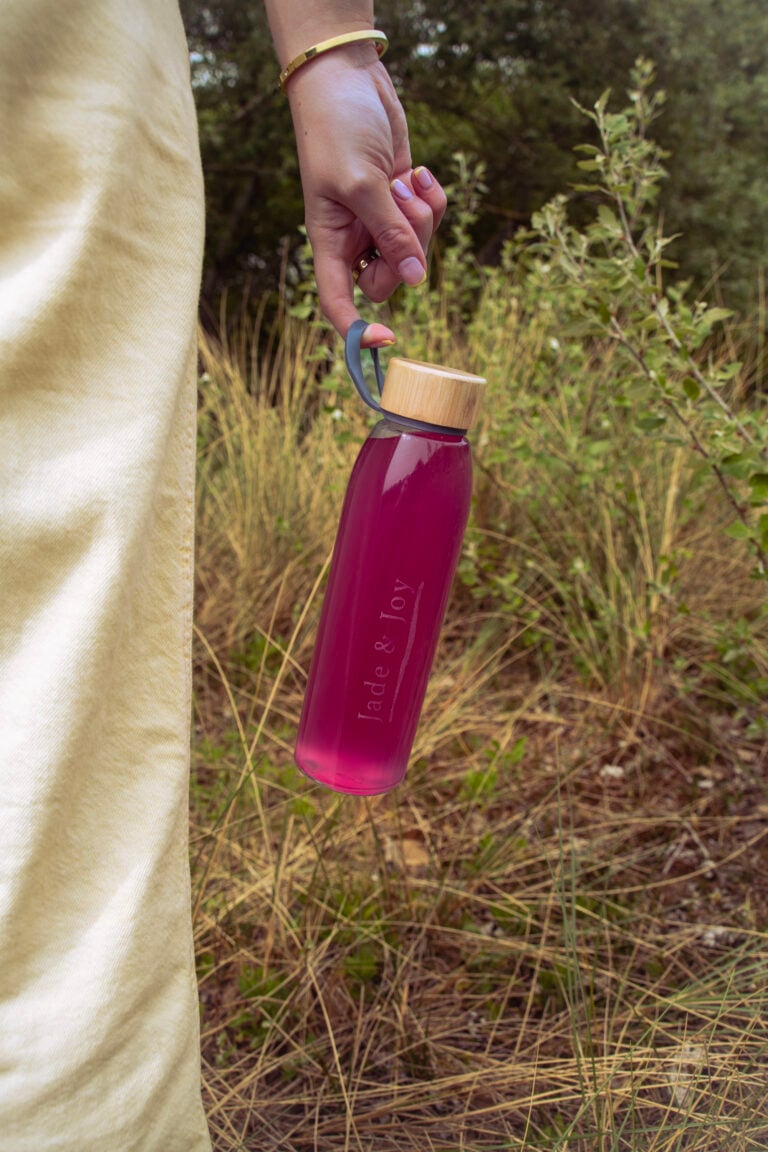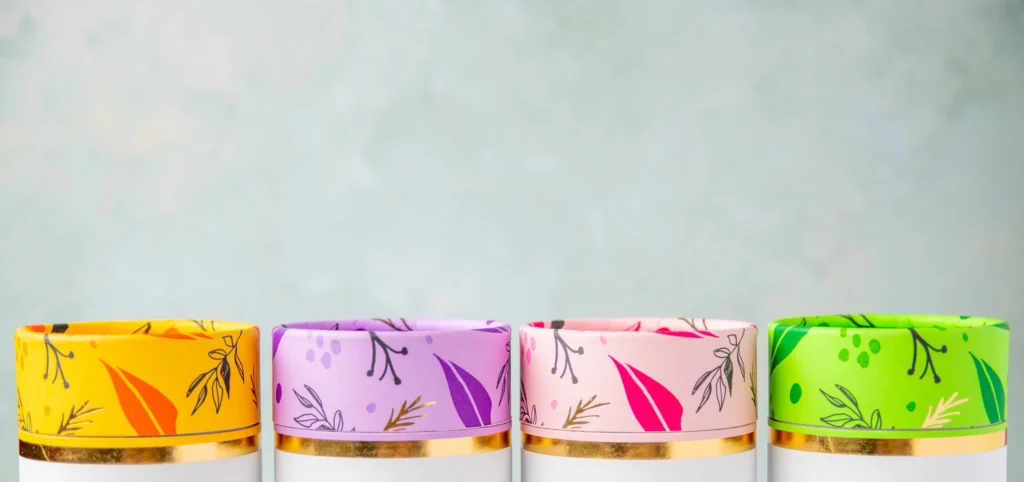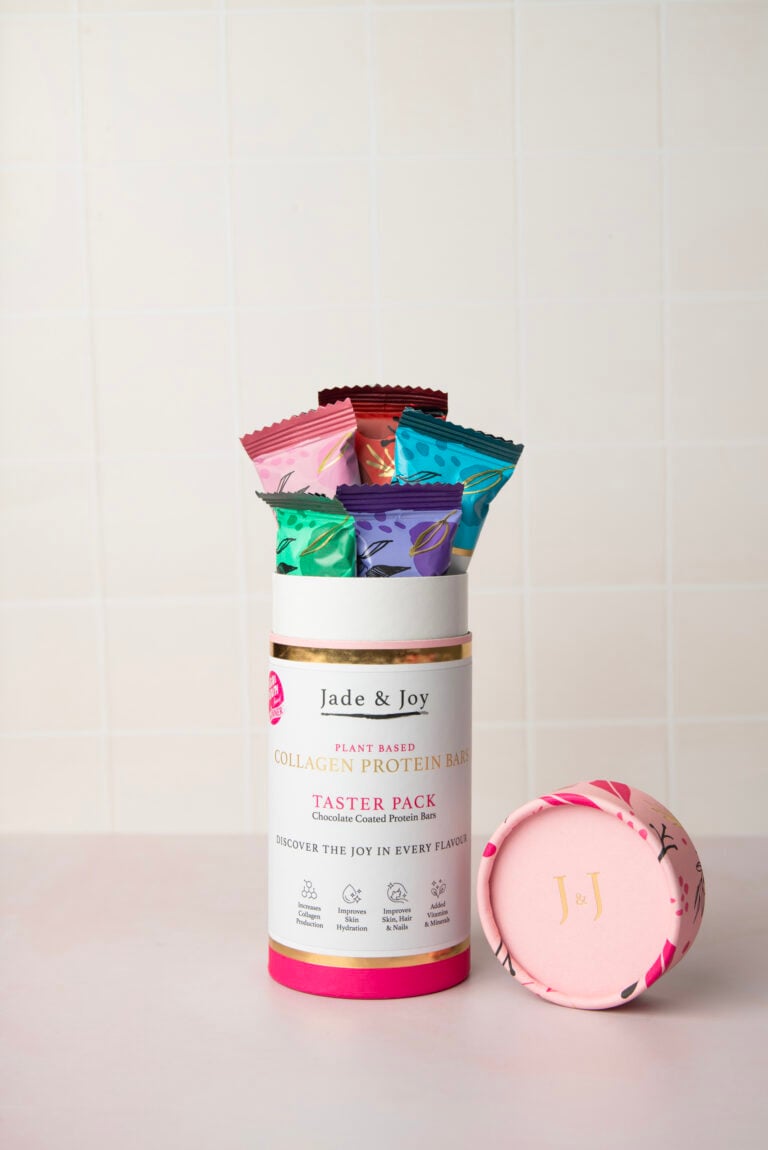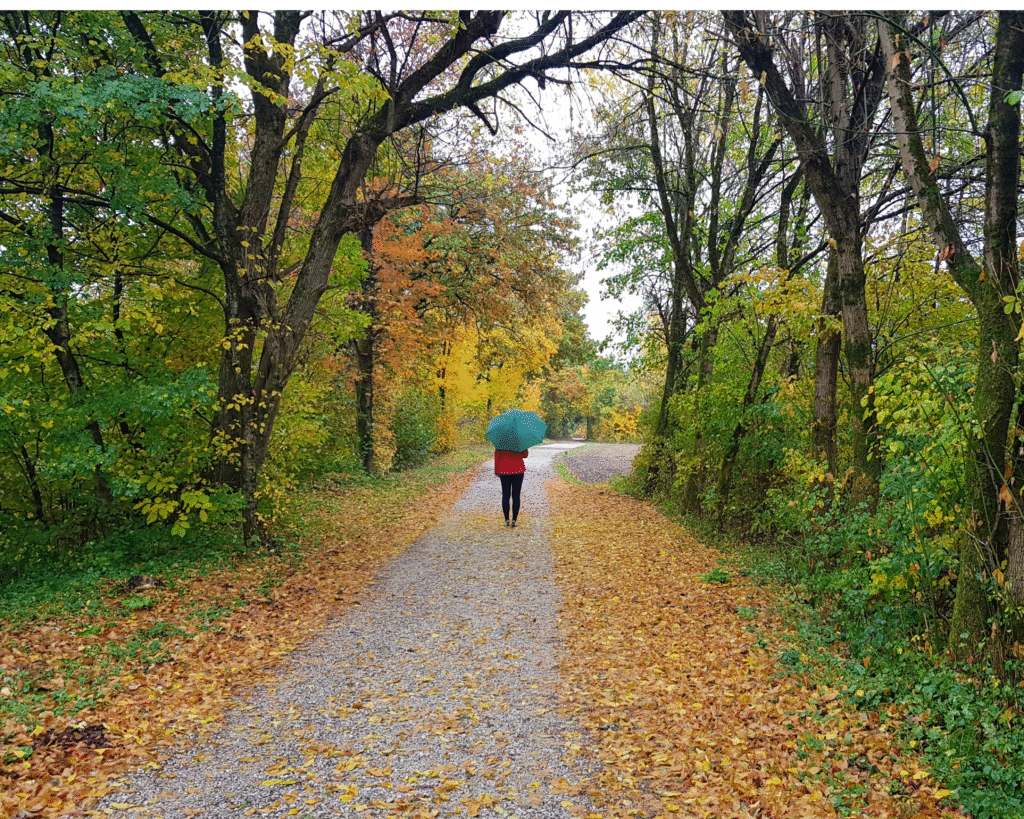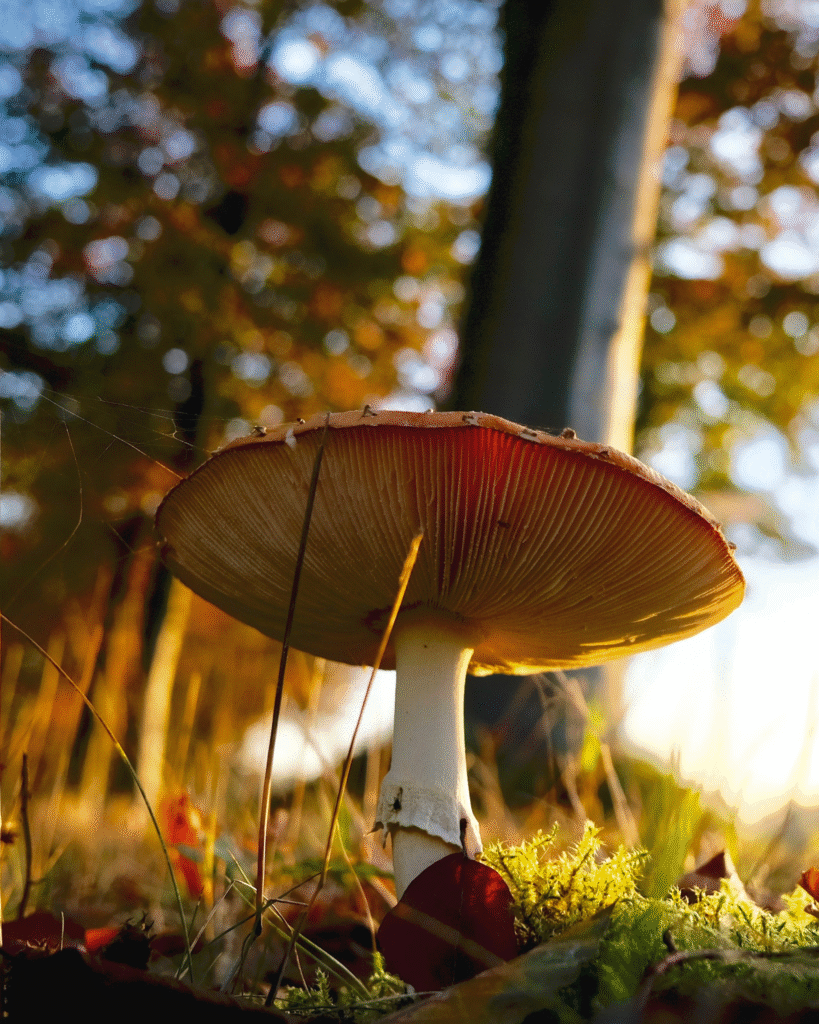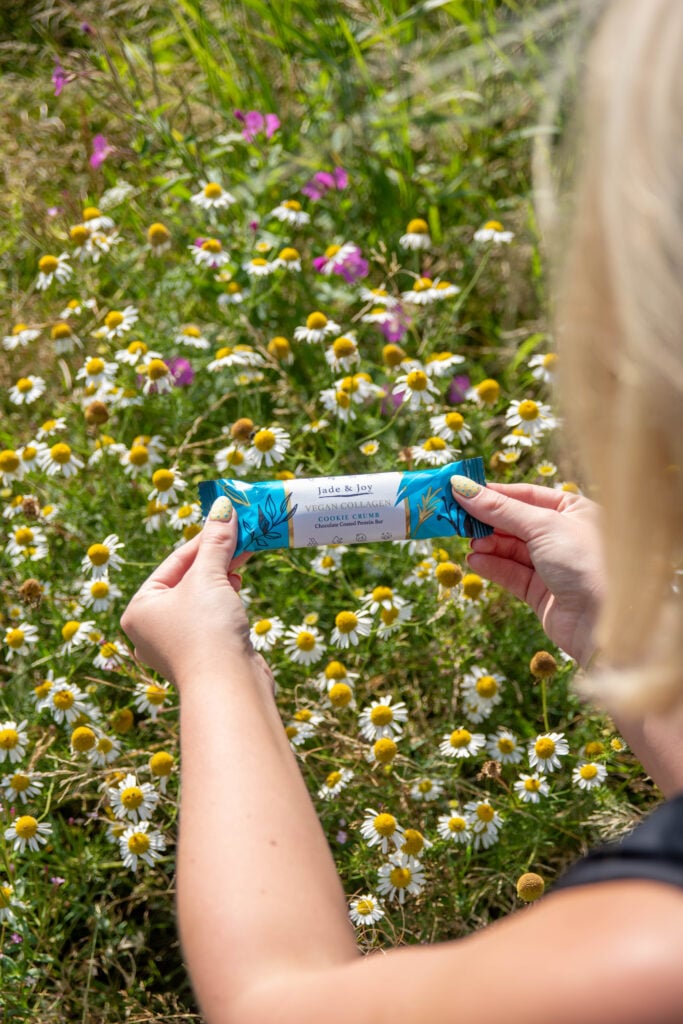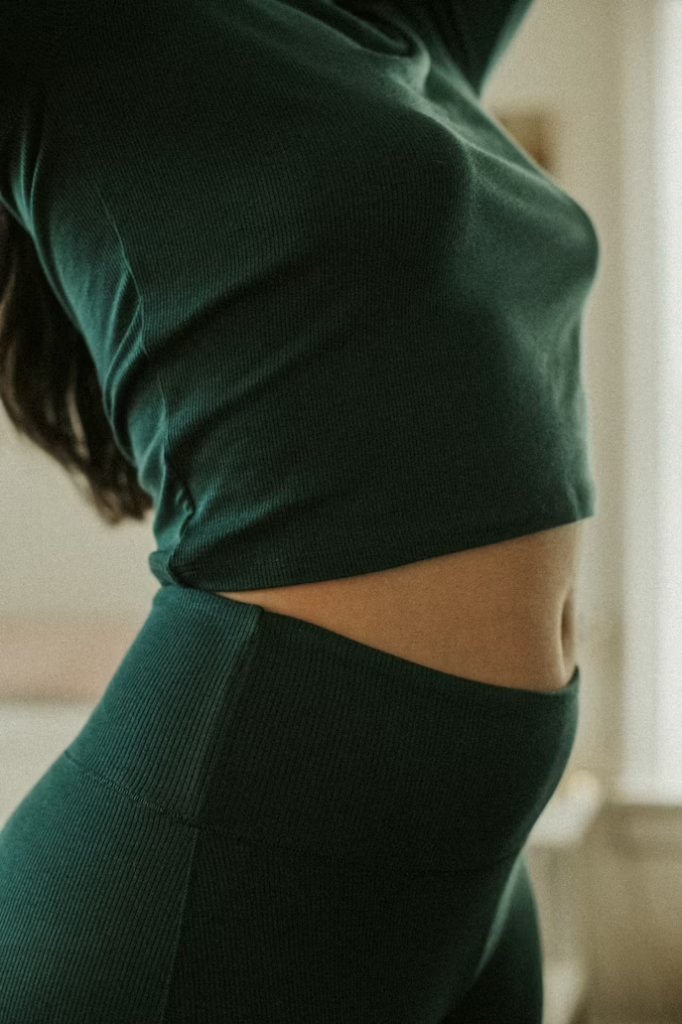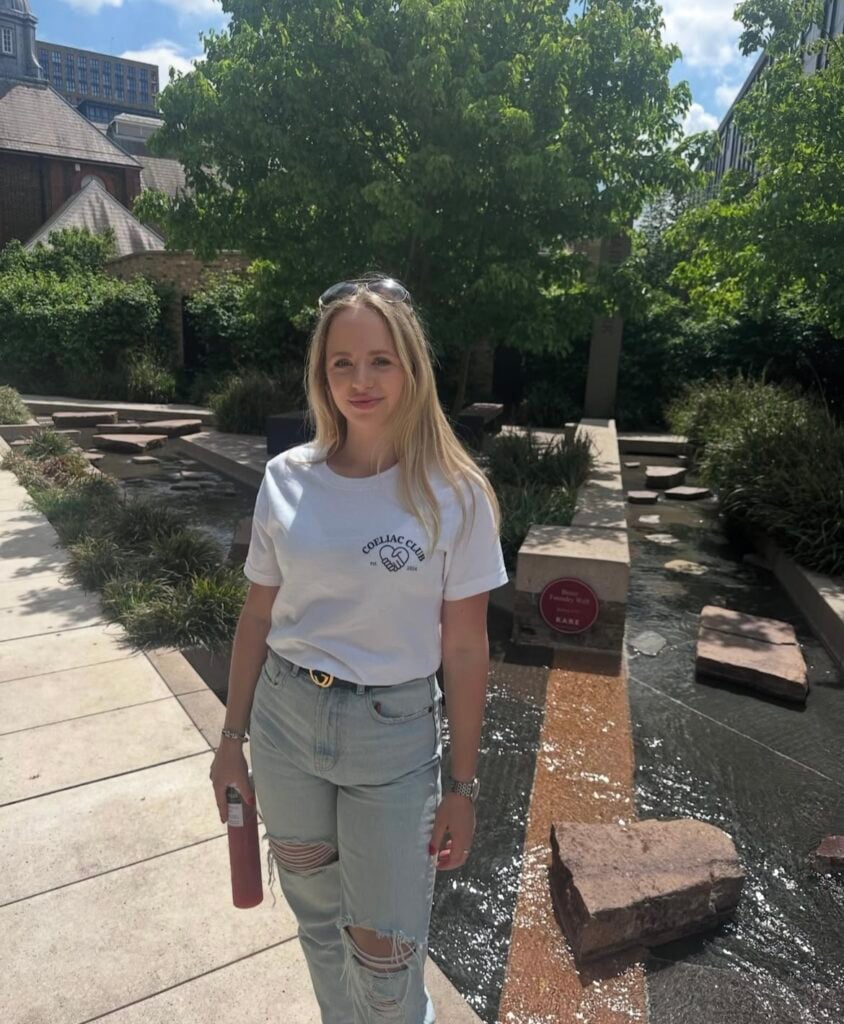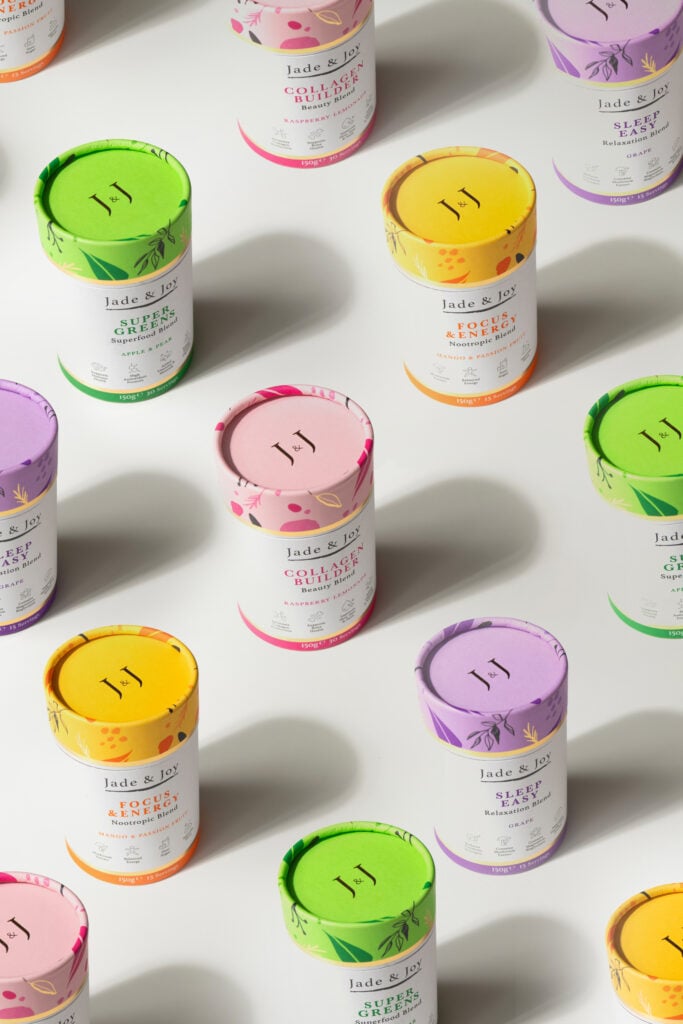Table of Contents
Lexy started her journey in her teens, dealing with how challenging it could be to stick to a gluten-free diet without a source of constant motivation, inspiration and community support. Through her vibrant online presence, Lexy shares her favourite gluten-free recipes, the must-visit spots for coeliacs and travel tips that help others live a healthy, gluten free life.
Introduce yourself
Hi! I’m Alexia, but most people know me as Lexy. I’m the voice behind @freefromfoody, where I share all things gluten-free—from mouthwatering recipes to must-visit restaurants and travel tips for those living that GF life.
I created @freefromfoody just over a year ago when I realised, I was finding it really difficult to stick to a gluten free diet and needed motivation, inspiration and support. The gluten free community has been incredibly supportive, and it has really helped me live a healthier lifestyle in terms of sticking to the diet.
When I’m not experimenting in the kitchen or jet-setting to find the next hidden gem, you’ll find me spending time with my favourite people: my amazing partner and our adorable little furball, Poppy . I’m also working on my PhD in Child Mental Health, focusing on how we can make digital interventions more impactful for young people.

Feel free to follow along for a mix of gluten-free goodness, travel inspo, and a sprinkle of mental health insights via my Instagram at https://instagram.com/freefromfoody
Describe your life prior to your diagnosis….
Looking back, the signs were always there. Even as a little girl, I dealt with constant stomach issues that seemed to control my life. It got so bad that I would spend more time in the school health centre than in the classroom—though I never wanted to! I actually loved school, but the stomach pain, extreme fatigue, and even irregular periods kept getting in the way. To make it worse, some people assumed I was faking it just to avoid class, which couldn’t have been further from the truth. My body was telling me something was wrong, but it would take years before I got the answers I needed.
When were you first diagnosed with coeliac disease, and what led to your diagnosis?
I was officially diagnosed with celiac disease when I was about 14, after spending so much time struggling to stay in school. After a lot of unexplained symptoms, my doctor ran some blood tests, and the results came back positive for celiac. To confirm it wasn’t a false positive, they also performed a biopsy—which sealed the diagnosis. Finally, everything made sense. It was such a relief to know that I wasn’t just being “sensitive” or making it up, as some people had implied when I missed days off school. My parents and school were incredibly supportive, helping me transition to a gluten-free diet, and for a while, things improved.
But when I got to university, I hit another wall. Suddenly, I realized just how expensive gluten-free food was, and how difficult it was to find safe, gluten-free options on the go. Many places didn’t understand cross-contamination, and peer pressure didn’t help either—late-night fast food after a night out became a regular struggle. Slowly, I found myself eating gluten again and, of course, getting sick. I started losing weight, developed conditions like polycystic ovarian syndrome (PCOS), and just felt awful overall.
I knew I needed to get back on track to take care of both my body and mind, but finding the support I needed in Nottingham, where I was at university, felt impossible. That’s when I decided to start an Instagram account dedicated to gluten-free food in Nottingham. It was my way to build awareness, stay motivated, and hold myself accountable for sticking to the diet. The best part? It connected me with a whole community of others facing the same challenges. Sharing gluten-free food content became something I loved, and the friendships and brand collaborations that followed have been incredibly rewarding. I’m so grateful to be part of a community that understands the challenges of living with celiac disease and supports each other through it.
How do you navigate eating out at restaurants, and what tips can you share for avoiding gluten contamination?
Navigating eating out as someone with celiac disease can definitely feel overwhelming—so much so that I know people who avoid it altogether. For me, though, that just wasn’t an option. I love food too much, and the idea of constantly missing out made it hard to stick to being gluten-free. I knew I had to find a balance between staying safe and still enjoying meals out. That’s where being part of the gluten-free community has been such a game-changer. Connecting with others on Facebook and Instagram, and learning from incredible bloggers and charities, has helped me approach eating out with confidence. One of my go-to resources is Coeliac UK’s website, which has a super handy list of gluten-free certified restaurants. You can check it out here (https://www.coeliac.org.uk/information-and-support/living-gluten-free/the-gluten-free-diet/eating-out/gf-accredited-venues/?&&type=rfst&set=true#cookie-widget)

Lexys Top Tips for Coeliacs
Plan ahead. Google Maps has become my best friend—just search “gluten-free” and you’ll find plenty of options nearby. It’s always a good idea to check a restaurant’s website for their gluten-free menu and any info on cross-contamination protocols. Reviews from other gluten-free diners can also give you a solid sense of whether the place is really safe.
When you get to the restaurant, always tell your server that you have celiac disease and need a gluten-free meal, no cross-contamination. If you’re traveling abroad, learning how to say “gluten-free” in the local language can prevent a lot of confusion. If at any point you’re unsure about their procedures, it’s better to be safe than sorry. That’s why I always recommend having a couple of backup restaurants in mind, and carrying a snack with you to avoid getting “hangry.” Personally, I love Jade and Joy bars—they’re high in protein, filling, and taste amazing, making them a perfect emergency snack.
For reliable chains, Bill’s, Wagamama’s, The Lounges, Pho, and Honest Burgers are fantastic options across the UK. They really understand celiac disease and do a great job with gluten-free options. That said, I’m a huge fan of supporting independent restaurants, so I’m always on the hunt for gluten-free gems in my local area.
If you ever find yourself in Nottingham, make sure to say “Ay Up Duck!” and head to these awesome gluten free spots:
- Brew and Bakes – A 100% GF café and bakery
- All Mine Cakes – A delightful 100% GF café
- Yumacha – A Chinese restaurant with gluten-free options
Eating out doesn’t have to be stressful when you plan ahead and stay connected with the gluten-free community. It’s all about enjoying the experience, without the risk!
How do you handle social events or family gatherings where gluten might be present?
Handling social events or family gatherings where gluten is present can definitely be tricky, but over the years, I’ve found ways to navigate it without feeling left out. Luckily, some of my family members are really clued up on celiac disease (it runs in the family!), so I always feel safe when they’re hosting. They know the drill when it comes to cross-contamination and making sure there are plenty of gluten-free options, which is a huge relief.
For other gatherings, my top tip is to ask ahead. It’s always worth checking in with the host to see if they’ll have any gluten-free options available. Most people are more than happy to accommodate once they know the situation, but I also make sure to come prepared. I always bring my own gluten-free snacks or even a full dish, just in case the options are limited or there’s a risk of cross-contamination. That way, I can enjoy the event without worrying about what I’ll eat, and it gives others a chance to try some tasty gluten-free food, too!
Ultimately, communication and preparation are key. It’s all about balancing your health needs while still being able to fully enjoy the moment with your loved ones.
Have you ever eaten gluten by accident? If so, how did you overcome it?
Yes, I’ve accidentally eaten gluten more times than I can count. It happens! Whether it’s from cross-contamination at home or a mix-up at a restaurant, life has a way of throwing us curveballs. Mistakes happen—whether they’re ours or someone else’s—and that’s okay. What matters most is how we handle it afterward.
When I get “glutened,” I try to take it one step at a time, really tuning in to what my body needs. Often, I lose my appetite completely because of the stomach pain and bloating, so I stick to simple, small meals that won’t upset my stomach further. Some days, my go-to helpers are Berberine and antacids—they really take the edge off and help my body recover. I’ve learned that it’s important to give yourself grace during these moments, as pushing too hard will only make things worse.
The key is to listen to your body and support it the best way you can, even if that means slowing down for a bit. Remember, we’re all human, and slipping up doesn’t mean you’ve failed. It’s just another learning experience on this gluten-free journey!
What’s your favourite gluten free recipe or meal to make at home?
One of my absolute favourite gluten-free recipes to make at home is yoghurt and gluten-free flour dough—it’s honestly a game-changer! This dough is so versatile and super easy to whip up. You can use it for just about anything: pizza bases, buns, cinnamon rolls, donuts, naans—you name it! The best part? It only takes two ingredients: 1 part GF self-raising flour and 1 part thick Greek yoghurt. You just mix it up, form your dough, and fry each side in a pan until it’s beautifully golden.

I love using this dough for making soft, fluffy naan bread to pair with curries, or even as a quick pizza base for those nights when I’m craving comfort food. The yoghurt keeps it soft and light, while the GF self-raising flour helps it rise just right. It’s such a satisfying, no-fuss recipe that never disappoints!
If you’ve never tried it, give it a go—trust me, you’ll be amazed at what you can create with such a simple, gluten-free dough.
What misconceptions about coeliac disease would you like to clear up for those unfamiliar with it?
“Just a little bit won’t hurt, right?”
Actually, even the tiniest bit of gluten can cause damage if you have celiac disease. Even if you don’t feel immediate symptoms, that small amount can still lead to serious complications like intestinal damage, osteoporosis, and even increase your risk of certain cancers. It’s not about being overly sensitive—it’s about protecting your long-term health.
“You can eat gluten in insert country because it’s better quality!”
I hear this one a lot, and I wish it were true! Gluten is gluten, no matter where you are in the world. Whether you’re in Italy, France, or anywhere else, gluten will still damage your body if you have celiac disease. It’s not about the quality of the gluten—it’s about the body’s autoimmune response to it.

How do you prepare for traveling to new places where gluten free options might be limited?
I absolutely love traveling and discovering new places, but as someone with celiac disease, I know how overwhelming it can feel at times. I’ve even heard of people avoiding travel altogether because of the fear of not being able to eat safely. But trust me, you can travel and still enjoy amazing meals if you just plan ahead. Here are a few of my go-to strategies for making it work:
- Do Your Research!
Before you even pack your bags, take the time to research gluten-free and celiac-safe restaurants and supermarkets in the area you’re visiting. Google Maps is a lifesaver here—just save all your spots in one place so you can easily find them later. This way, you’ll know exactly where to go when hunger strikes, and you won’t have to scramble or settle for something unsafe.
- Pack Snacks
There’s nothing worse than being somewhere new and suddenly realizing you have no safe food options around. That’s why I always, always pack snacks. Having a stash of my favourite snack bars, fruit, or yoghurt helps keep me full and happy when gluten-free options are limited. Plus, it saves me from that “hangry” feeling when all I want is to eat like everyone else!
- Be Creative
Let’s be real, sometimes it’s tough to find gluten-free options while traveling, and you might end up relying on local supermarkets. But don’t panic—get creative! You can easily pick up some cheese, meat, fruit, and veg, and whip up a little “picky bits” meal. It’s not fancy, but it works when you’re in a pinch!
- Learn Phrases
If you’re headed to a country where a different language is spoken, make sure to learn the key phrases for “gluten-free”. This can be a total game-changer when explaining your needs to waitstaff or reading menus. I’ve found that locals are often very accommodating once they understand what you need.
- Reach Out to the Gluten-Free Community
Don’t forget to lean on the gluten-free community! Whether it’s through social media, blogs, or local forums, people who’ve been to your destination can offer great advice on where to eat and how to avoid gluten.
Traveling with celiac disease does require a little extra effort, but with some smart planning and a creative mindset, you can explore the world and eat freely without worry.


